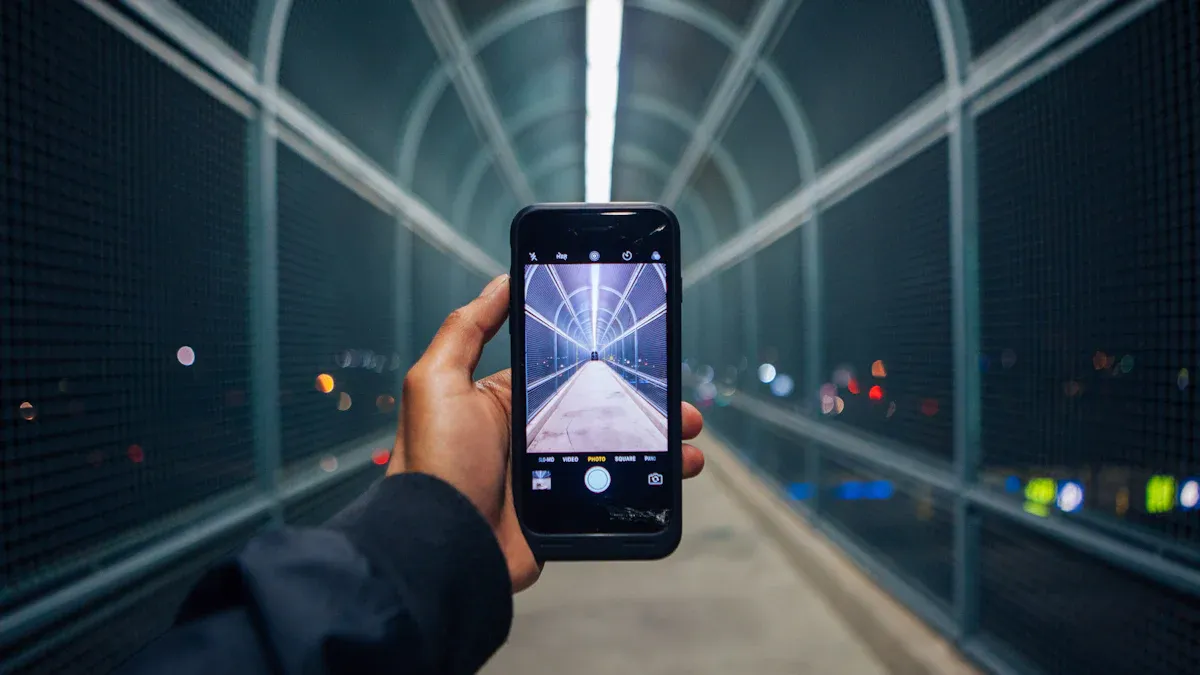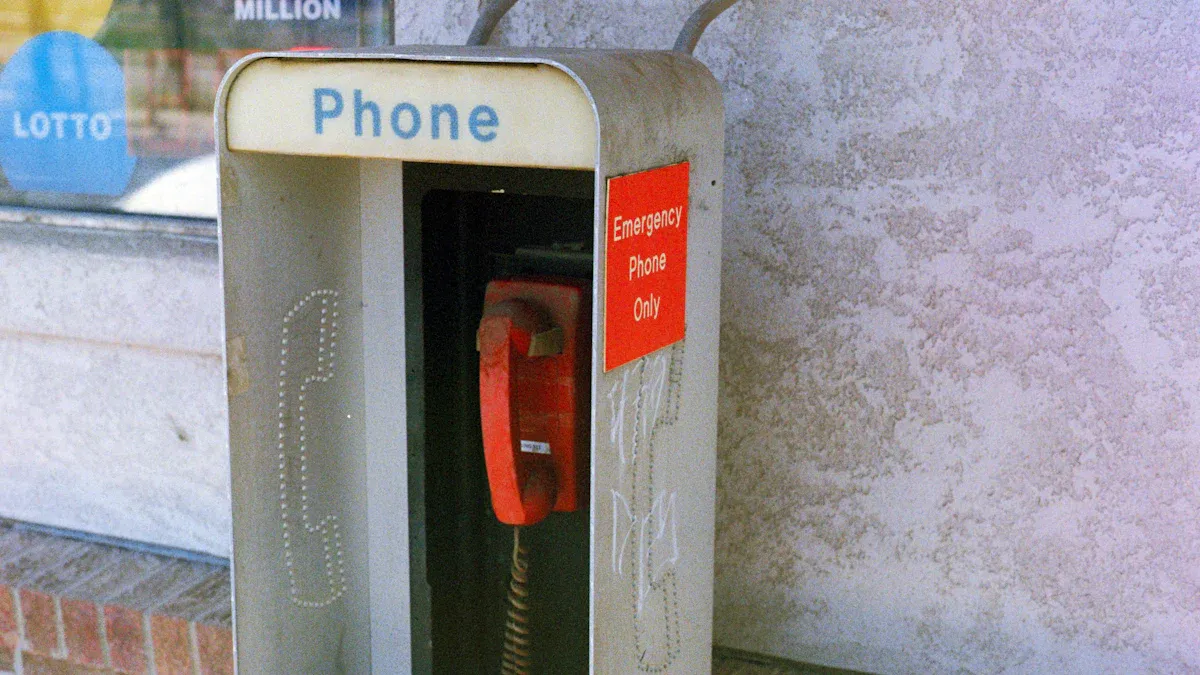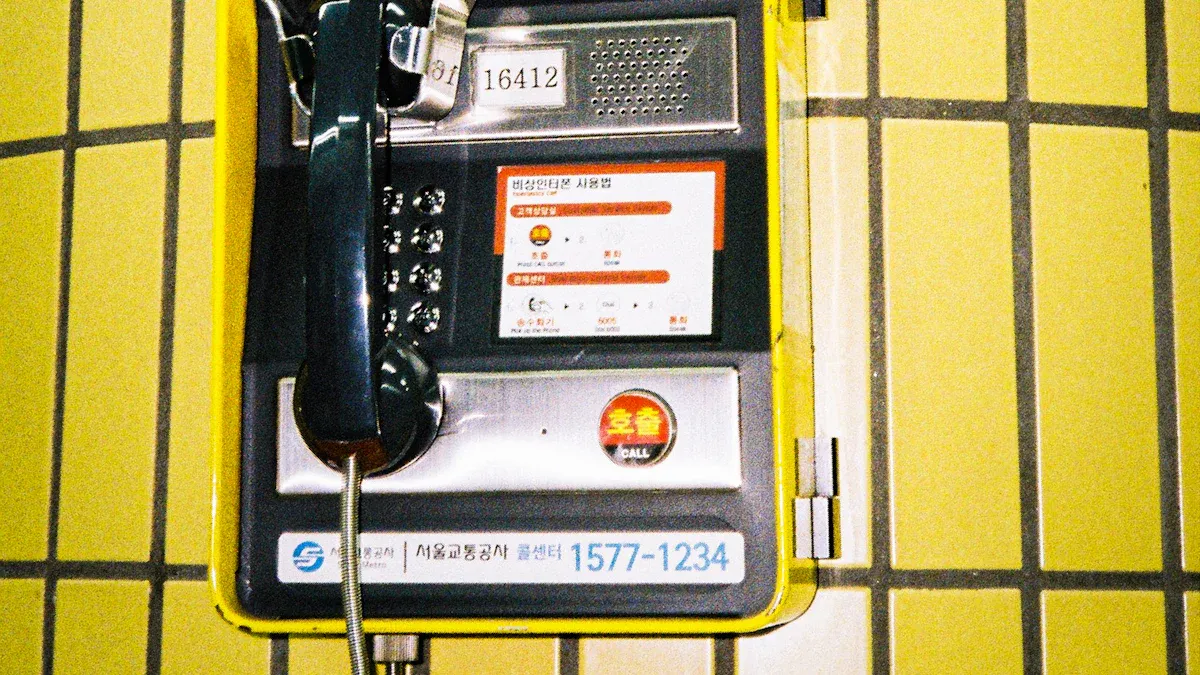
Tunnel telephone for emergency use connects people inside tunnels directly to help. This tunnel telephone for emergency situations allows users to call for assistance quickly. Emergency teams can find the exact location of a caller fast. Clear communication through the tunnel telephone for emergency purposes saves time and helps keep everyone safe during critical moments.
Key Takeaways
- Tunnel telephones provide a direct, fast connection to control centers, helping people get emergency help quickly and clearly.
- Each phone has a unique code that shows the exact location, so emergency teams can find callers without delay.
- Phones are placed regularly in tunnels with easy-to-use designs and backup power to ensure they work in all situations.
How Tunnel Telephone for Emergency Works

Direct Communication with Control Centers
Tunnel telephone for emergency use gives people inside a tunnel a direct line to the control center. When someone picks up the phone, the call goes straight to trained staff who monitor the tunnel. These staff members listen carefully and respond right away. They can send help or give instructions based on what the caller says.
Tip: Always use the tunnel telephone for emergency if you see smoke, fire, or an accident. Quick action helps everyone stay safe.
The control center staff can also talk to emergency services like police, fire, or ambulance teams. This fast connection saves time and helps people get the help they need without delay.
Unique Location Identification
Every tunnel telephone for emergency has a unique number or code. This code tells the control center exactly where the call comes from. Staff do not need to ask the caller for their location. They see it on their screens as soon as the call starts.
Here is a simple table showing how location identification works:
| Phone Number | Tunnel Section | Control Center Display |
|---|---|---|
| 101 | North Entrance | North Entrance |
| 205 | Middle | Middle |
| 309 | South Exit | South Exit |
This system helps emergency teams find the right spot quickly. They do not waste time searching the whole tunnel. They go straight to the caller.
Bidirectional Communication for Real-Time Guidance
The tunnel telephone for emergency allows people to talk back and forth with the control center. This two-way communication is important during emergencies. The caller can explain the problem. The staff can give step-by-step instructions.
- The control center might tell the caller to move to a safe area.
- They might ask questions to understand the situation better.
- They can calm people down and stop panic.
This real-time guidance helps everyone make better choices. It keeps people safe until help arrives.
Installation and Design of Tunnel Telephone for Emergency

Regulated Placement and Accessibility
Engineers place tunnel telephones for emergency use at regular intervals inside tunnels. These phones often sit every 100 to 150 meters, so people never have to walk far to reach one. Signs point out the location of each phone. Bright colors and lights help users spot them quickly, even in low visibility.
Note: Easy access to these phones can save lives during fires, accidents, or breakdowns.
A table below shows typical placement guidelines:
| Tunnel Length (meters) | Phone Interval (meters) |
|---|---|
| 500 | 100 |
| 1000 | 150 |
Simple and Reliable Structure
Designers build each tunnel telephone for emergency use with strong, weatherproof materials. The phones resist water, dust, and heat. Large buttons and clear instructions make them easy to use, even for someone under stress. Power backup systems keep the phones working during blackouts.
- Strong casing protects the phone from damage.
- Simple controls help users call for help fast.
- Backup batteries ensure the phone works at all times.
Adaptability to Local Requirements
Different tunnels may have unique needs. Some tunnels face heavy traffic, while others have special safety rules. Engineers adjust the design and placement of emergency phones to fit each tunnel. They may add extra phones in high-risk areas or use different languages for instructions.
Tunnel telephone for emergency systems can also connect to local emergency services, making sure help arrives quickly.
Tunnel telephone for emergency systems help keep people safe in tunnels. These devices give users a fast way to reach emergency services. Clear location codes and careful placement make sure help arrives quickly. Emergency teams depend on these phones to protect everyone and improve tunnel safety.
FAQ
How does someone use a tunnel telephone in an emergency?
A person picks up the handset and speaks directly to the control center. Staff answer right away and provide help or instructions.
What happens if the power goes out in the tunnel?
Backup batteries keep the tunnel telephones working. Emergency calls still reach the control center without interruption.
Can children or elderly people use tunnel telephones easily?
Yes. Large buttons and simple instructions help everyone use the phone. Bright colors and clear signs make the phones easy to find.

